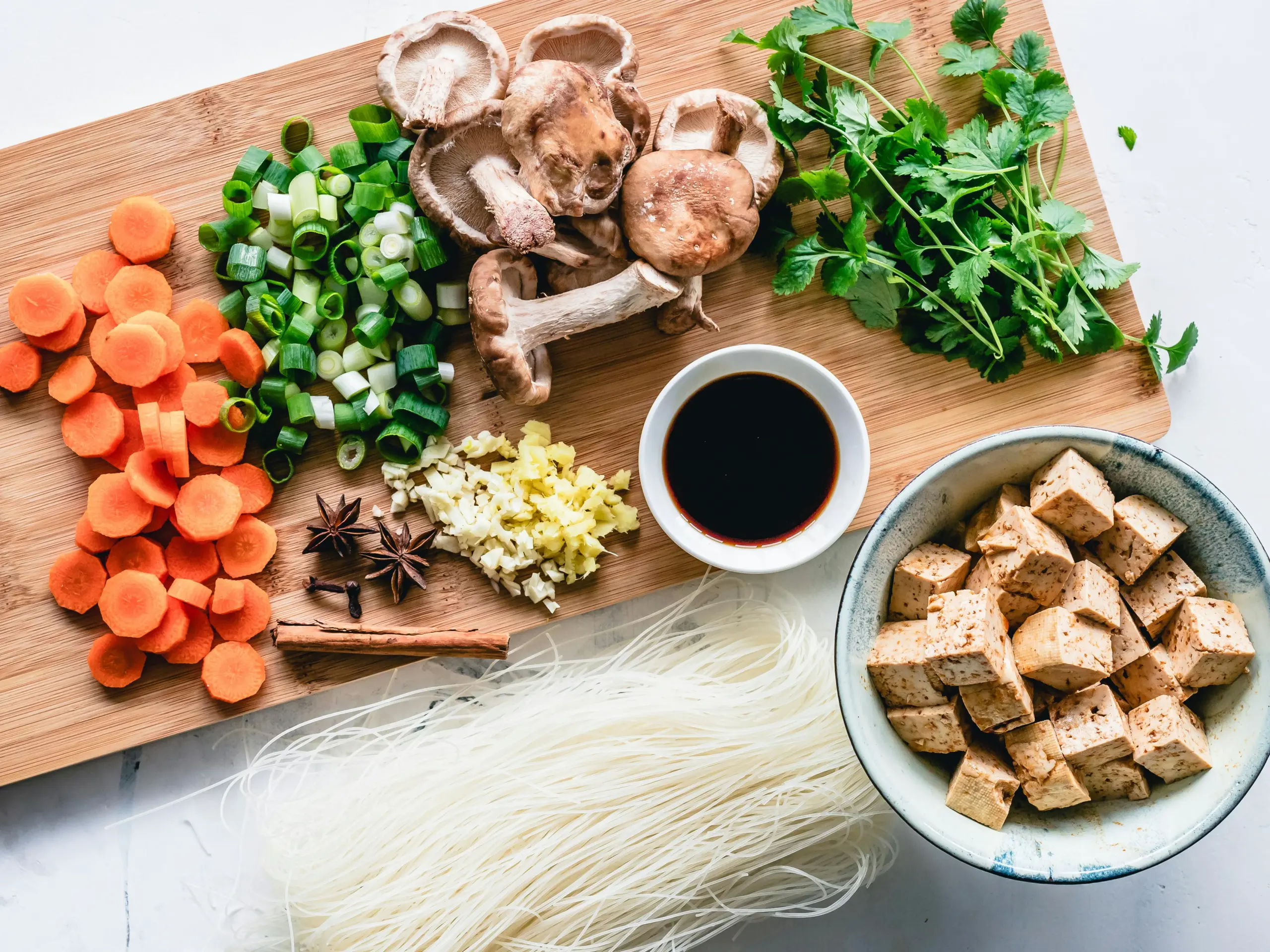Fibre is an essential component of a healthy diet, playing a critical role in digestive health and overall well-being. These days, social media users and health advocates talk about the importance of fibre more than ever.
Fibre can be classified into two types: soluble and insoluble fibre. Soluble fibre helps manage cholesterol levels and stabilises blood sugar, while insoluble fibre aids in digestion by promoting regular bowel movements and preventing constipation. Consuming enough fibre can also support weight management. High-fibre foods are generally more filling, helping you feel satisfied for longer periods and reducing overall calorie intake. Studies also indicate that a fibre-rich diet is associated with a lower risk of developing colorectal cancer.
Fruits, vegetables, nuts, seeds and whole grains are naturally loaded with fibre. However, just like any other food, consuming it in excess can contribute to some side effects. While most individuals fail to meet their daily fibre requirement, viral social media trends like fibremaxxing can make you consume more than required. Here are some signs and symptoms of consuming too much fibre you shouldn’t ignore.
Side effects of excessive fibre consumption
Overloading on fibre, especially suddenly or from supplements rather than whole foods, may cause issues such as:
1. Digestive distress: Too much fibre can cause issues like bloating, gas, cramping, and abdominal pain
2. Diarrhea: When consumed in excess, particularly insoluble fibre, it can lead to diarrhea
3. Nutrient absorption issues: Excessive fibre can interfere with the absorption of essential vitamins and minerals
4. Dehydration: High fibre intake without adequate fluid consumption can lead to constipation or exacerbate digestive issues.
Other symptoms include nausea, gas, abdominal pain, cramping, temporary weight gain and feeling overly full.
How to manage these symptoms
Consumption of too much fibre is rare, and these symptoms can be managed effectively with a few simple interventions. Some of these include:
- Drink plenty of water to support better digestion
- Avoid taking fibre supplements
- Eat a nutritionally balanced diet
- Engage in light physical activities, like walking, as often as possible.
- Individuals with irritable bowel syndrome (IBS) should consider following a low FODMAP diet
Once you start feeling better, you should slowly reintroduce fibre-rich foods into your diet.
Recommended dosage
The recommended daily fibre intake is 25 grams per day for adult women and 38 grams for adult men. After age 50, these numbers decrease to 21 grams for women and 30 grams for men.
Tips for safe consumption
- If you have recently started introducing fibre-rich foods to your diet, go slow and give your digestive system time to adjust
- Consume a variety of high-fibre foods, including fruits, vegetables, whole grains, legumes, nuts, and seeds
- Drink plenty of water to help your body process fibre efficiently and reduce the chance of side effects
- Instead of eating fibre-rich foods in one meal, spread them out throughout the day
Fibre is essential for your gut and digestive health. Being mindful of how your body responds, you can reap the health benefits without experiencing adverse effects.
